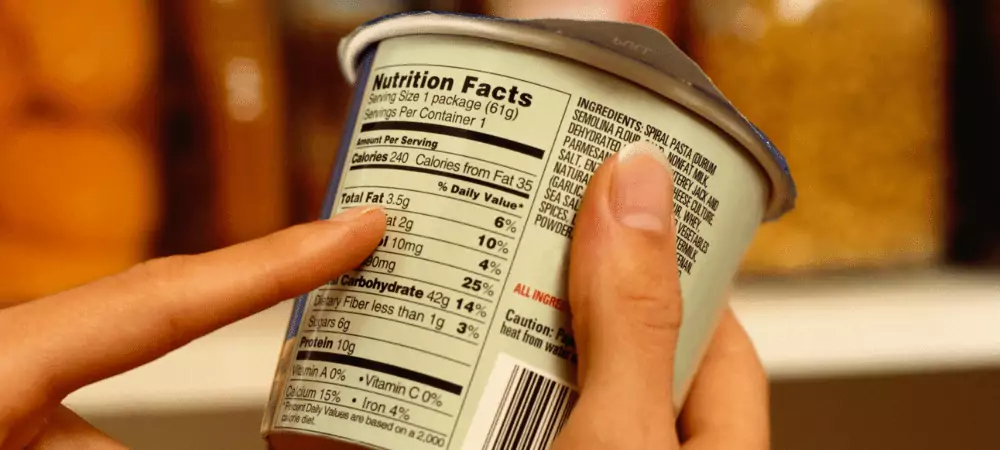When it comes to making healthy choices at the grocery store, nutrition labels can be a valuable tool. However, with so much information packed into a small space, it can be overwhelming to know where to start. In this blog post, we’ll break down the key elements of a nutrition label and provide tips for how to use them to make informed choices.
First, let’s take a look at the basic layout of a nutrition label. You’ll typically see the following information:
- Serving size: This tells you how much of the product you should eat in one serving. It’s important to pay attention to this, as the rest of the information on the label is based on one serving.
- Calories: This tells you the number of calories in one serving. Keep in mind that the recommended daily calorie intake varies depending on age, sex, and physical activity level.
- macronutrients: The macronutrients are protein,carbohydrates, and fats. You can see how much of each macronutrient is in one serving.
- Micronutrients: These include vitamins and minerals, such as vitamin A, vitamin C, calcium, and iron. The %DV (percent daily value) tells you how much of each micronutrient you’ll get from one serving.
- Ingredient list: This lists all the ingredients in the product, in descending order by weight.
Now that you know the basic layout of a nutrition label, let’s talk about how to use this information to make informed choices.
- Compare serving sizes: Make sure you’re comparing apples to apples by looking at the serving sizes of different products. A product may have fewer calories per serving, but if the serving size is smaller, you’ll end up consuming more calories overall.
- Look for whole ingredients: The ingredient list is a great way to see what’s actually in the product. Look for whole ingredients, such as whole grains, fruits, and vegetables, and avoid products with a lot of added sugars, preservatives, and artificial ingredients.
- Pay attention to the %DV: The %DV tells you how much of a certain nutrient you’ll get from one serving. A %DV of 5% or less is considered low, while 20% or more is considered high. Try to aim for foods with a high %DV of vitamins and minerals, and limit foods with a high %DV of saturated fat, cholesterol, and sodium.
- Check the ingredients list: Some ingredients are added for taste, some for preservation and some for texture. Avoid ingredients which you are allergic to or have a medical condition to.
- Be mindful of portion size: Even if a product is healthy, eating too much of it can still lead to weight gain. Be mindful of portion sizes and use measuring cups or a food scale to ensure you’re not overeating.
By following these tips, you’ll be able to use nutrition labels as a valuable tool for making informed choices at the grocery store. Remember, a healthy diet is not about perfection but about balance and moderation. Book your consultation with our dietitian today to learn more!
